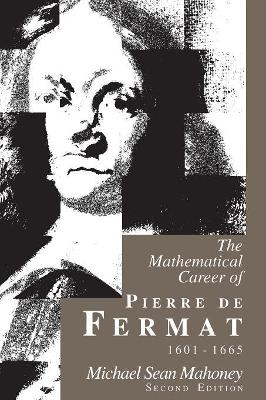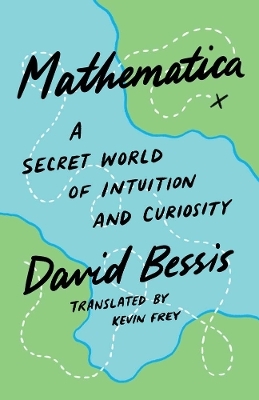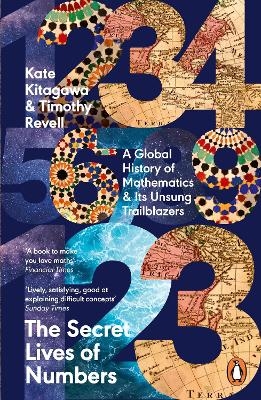
The Mathematical Career of Pierre de Fermat, 1601-1665
Princeton University Press (Verlag)
978-0-691-03666-3 (ISBN)
- Lieferbar (Termin unbekannt)
- Versandkostenfrei
- Auch auf Rechnung
- Artikel merken
Hailed as one of the greatest mathematical results of the twentieth century, the recent proof of Fermat's Last Theorem by Andrew Wiles brought to public attention the enigmatic problem-solver Pierre de Fermat, who centuries ago stated his famous conjecture in a margin of a book, writing that he did not have enough room to show his "truly marvelous demonstration." Along with formulating this proposition--xn+yn=zn has no rational solution for n > 2--Fermat, an inventor of analytic geometry, also laid the foundations of differential and integral calculus, established, together with Pascal, the conceptual guidelines of the theory of probability, and created modern number theory. In one of the first full-length investigations of Fermat's life and work, Michael Sean Mahoney provides rare insight into the mathematical genius of a hobbyist who never sought to publish his work, yet who ranked with his contemporaries Pascal and Descartes in shaping the course of modern mathematics.
Michael Sean Mahoney is Professor of History at Princeton University.
Preface (1994) ix Introduction xi Acknowledgments xvii I. The Personal Touch 1 1. Mathematics in 1620 2. Fermat's Life and Career in Parlement 3. Motivation to Mathematics II. Nullum Non Problema Solvere: Viete's Analytic Program and Its Influence on Fermat 26 1. Algebra, Analysis, and the Analytic Art 2. Following the "Precepts of the Art" 3. Fermat's Style of Work and His Influence on His Contemporaries III. The Royal Road 72 1. Introduction 2. Fermat's Analytic Geometry, the Ad locos pianos et solidos isagoge 3. The Origins of the Isagoge: Apollonius' Plane Loci and Conics 4. Extensions of the System of the isagoge: The Isagoge ad locos ad superficiern 5. Uses of the System of the Isagoge: Graphic Solution and Classification of Equations IV. Fashioning One's Own Luck 143 1. Introduction 2. The Roots of an Equation and the Roots of a Method 3. Of Dubious Parentage: The Method of Tangents 4. Looking Under the Bed: Descartes vs. Fermat, 1637-38 5. The Aftermath: Proceeding By Touch 6. Learning New Tricks: The Letter to Brulart 7. Fine Tuning: The Path Toward Quadrature and Rectification V. Archimedes and The Theory of Equations 214 1. Introduction 2. From Spirals to Conoids 3. The Method of Centers of Gravity 4. The Treatise on Quadrature (ca. 1658) 5. The Treatise on Rectification (1660) 6. Fermat and the Calculus VI. Between Traditions 283 1. Introduction 2. Numbers, Perfect and Not So Perfect 3. Triangles and Squares 4. Reclaiming the Patrimony: The Challenges of 1657 5. One Final Attempt: The "Relation" to Carcavi (1659) and the Method of Infinite Descent 6. Infinite Descent and the "Last Theorem" Epilogue: Fermat in Retrospect 361 Appendix I: Sidelights on A Mathematical Career 368 1. Mechanics 2. Optics 3. Probability Appendix II: Bibliographical Essay and Chronological Conspectus of Fermat's Works 411 Index 425
| Erscheint lt. Verlag | 6.11.1994 |
|---|---|
| Zusatzinfo | 67 figs. |
| Verlagsort | New Jersey |
| Sprache | englisch |
| Maße | 152 x 235 mm |
| Gewicht | 652 g |
| Themenwelt | Literatur ► Biografien / Erfahrungsberichte |
| Mathematik / Informatik ► Mathematik ► Geschichte der Mathematik | |
| Naturwissenschaften | |
| ISBN-10 | 0-691-03666-7 / 0691036667 |
| ISBN-13 | 978-0-691-03666-3 / 9780691036663 |
| Zustand | Neuware |
| Haben Sie eine Frage zum Produkt? |
aus dem Bereich


